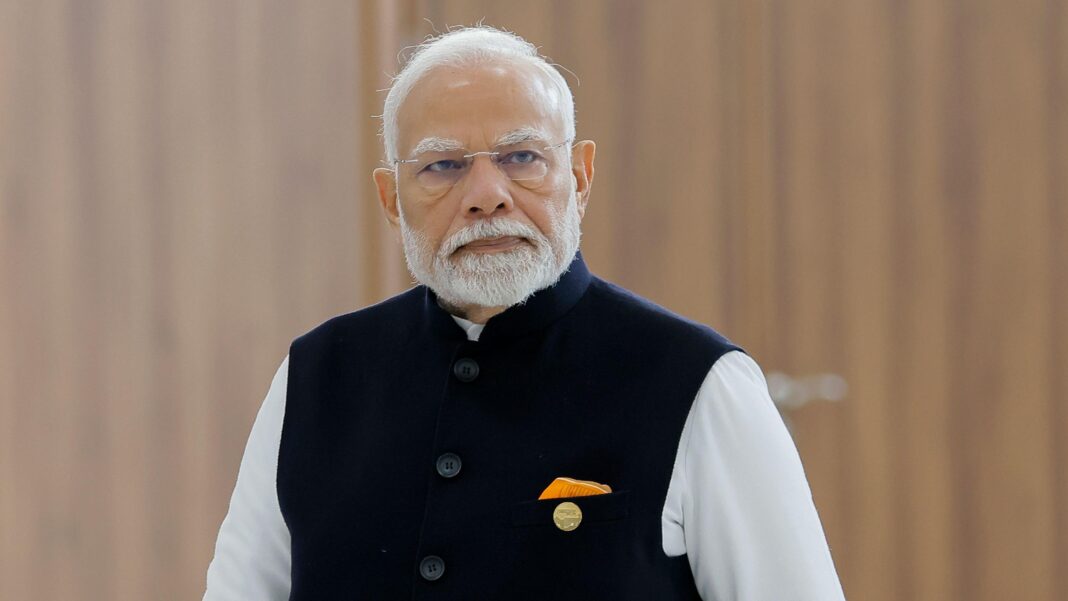The government has approved a ₹7,300 crore incentive scheme for domestic production of rare-earth permanent magnets (REPMs)
- The scheme will support setting up processing and manufacturing facilities — translating rare-earth oxides (like neodymium/praseodymium) into finished permanent magnets used for EV motors, renewable-energy turbines, electronics, and more.
- The plan aims for an annual magnet-production capacity of up to 6,000 tonnes; this would help meet India’s domestic demand and reduce reliance on imports. The Times of India
- The scheme is expected to run for several years, giving companies a long-term incentive structure to invest in magnet manufacturing and the related supply-chain ecosystem.
🎯 Why India Is Doing This — Strategic Push Toward Self-Reliance
• Reducing Dependence on China
For decades, China has dominated the global rare-earth magnet supply chain — from mining and processing to finished magnets
India’s new scheme aims to break that dependence and secure a domestic supply chain — particularly important for sectors like EVs, defence, renewables, and electronics that rely heavily on these critical materials.
• Boost to EV, Renewable Energy and High-Tech Manufacturing
Permanent magnets made from rare earths are essential components in electric-vehicle motors, wind-turbine generators, and other green-energy/tech applications. By building a domestic magnet industry, India hopes to accelerate growth in EV manufacturing, clean energy installations, and high-tech products.
• Supporting Strategic & Long-Term Industrial Growth
The scheme signals India’s commitment to strategic minerals and critical supply-chain security. It could encourage more private and global investment into rare-earth processing, mining, and magnet manufacturing within India.
🔎 Challenges & What to Watch
- India currently has rare-earth reserves, but the challenge lies in scaling processing and refining capabilities — not just mining. Compared with global leaders, India’s processing infrastructure is limited.
- Some critical processing equipment and technology are controlled by global players (many in China). Importing those or acquiring technology could increase project costs or slow execution.
- Building a full supply chain — from ore extraction to final magnet manufacturing — requires time, skilled labour, environment and regulatory compliance. The success of the scheme depends on execution and long-term commitment.
🌍 What This Means for India & Global Supply Chains
- Domestic industries — EV manufacturers, green-energy firms, electronics makers — may benefit from more stable and secure supply of critical components.
- India could emerge as a global hub for rare-earth magnet manufacturing, potentially reducing global reliance on a few dominant suppliers.
- The move could attract foreign investment and partnerships, helping build advanced manufacturing and boosting exports in future.
✅ Conclusion
The approval of the ₹7,300 crore rare-earth magnet scheme marks a major step toward supply-chain independence and industrial self-reliance for India. By incentivising domestic production of rare-earth magnets — vital for EVs, clean energy, electronics and defence — the government aims to reduce import dependence and build a robust manufacturing base. While challenges remain, the long-term benefits for India’s industrial and strategic future are substantial.



